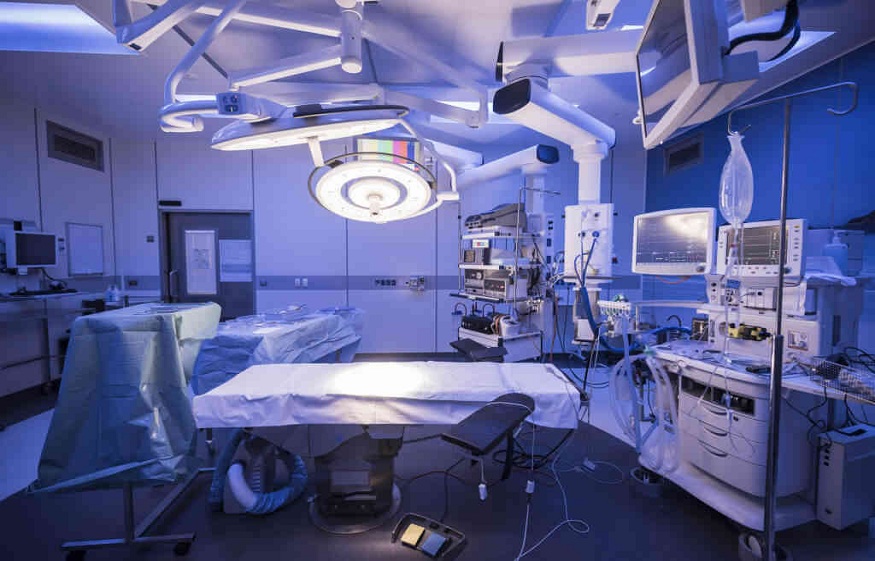The rapid evolution of laser technology in the medical sphere imposes a constant desire for up-to-date information on the capabilities and application of different laser instruments. In principle, most types of lasers are used in clinical applications. That’s why medical equipment supplying companies, like Utah-based Sentient Lasers, are investing a buck and a bucket as solutions providers in the laser industry. Each type of laser has their potential use in medicinefrom medical diagnosis to treatments,and therapies.
Types of medical lasers
1. Gas lasers
They have the widest range of clinical surgical applications. The compartment consists of a mixture of gases contained inside a small chamber. When an electric current from an outside source runs through the apparatus, atoms in the chamber get animated and produce a light in the process. Gas lasers are used during surgery to cut, vaporize, ablate, and photo-coagulate soft tissue. They transmit wavelengths that are absorbed by water in tissues. When the water evaporates due to high heat, blood vessels are closed. Carbon dioxide lasers and Argon lasers are examples of gas lasers. Some clinical applications of these laser systems are sealing blood vessels and closing lymph vessels to prevent the spread of tumor cells, laser facelifts, and microsurgery of the ear, to name a few.
Read more: Is It Safe To Buy Cenforce Online To Cure ED
2. Solid-state lasers
They consist of optical and electronic components integrated into a single compartment. Spherical mirrors at each end of a cavity filled with a crystal medium focus injected light into a bright high-intensity beam. These lasers are effective at coagulating blood vessels, mostly in soft tissue surgeries in dentistry, ophthalmology and, dermatology. The KTP laser is a solid-state laser.
3. Dye lasers
This laser system uses a dye, usually in liquid form, as a medium. The pulsed yellow dye laser is in this category. Medical applications include treating vascular lesions, urology, and diagnostics.
4. Diode lasers
They are mostly applied in photodynamic therapy, surgical treatment, and diagnostics. Clinical uses include coagulating blood vessels, cutting tissue, and removing cancer cells. Their most significant advantage is that they minimize bleeding while operating, reduce swelling, and eliminate pain. They are mostly applied in photodynamic therapy, surgical treatment, and diagnostics.
5. Fiber lasers
Lasers such as Nd-YAG Laser work by producing infrared light that seals both normal and abnormal blood vessels. Sufficient for treating benign tumors and debulking tumors.
6. Excimer lasers
Perfect for ablation. Converts tissue directly from solid-state to vapor with minimal heating. The XeF falls into this category.
Take Away
The development of laser technology in the world means that knowledge about different types of lasers and their capabilities is tantamount. Their potential use in medicine is dependent on the characteristics of these different laser instruments. Opt for laser devices that operate securely and provide proven clinical efficacy. In the current day and age, you can easily purchase a laser machine from a medical equipment supplier. Just ensure you are buying certified laser instruments, and have the relevant training and expertise to operate laser technology.




